

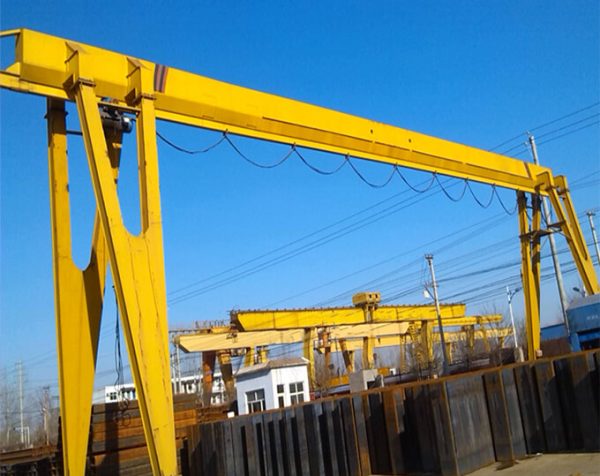
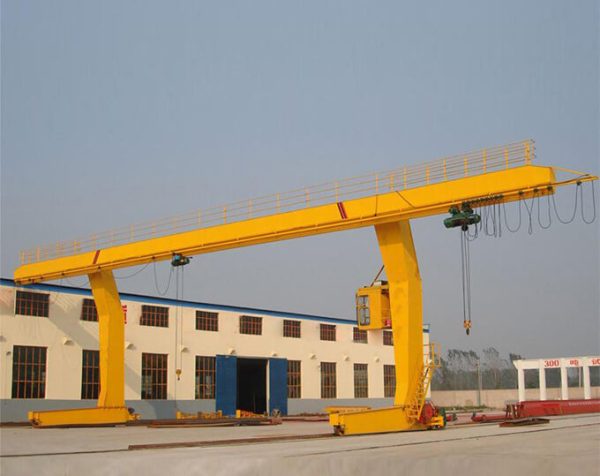
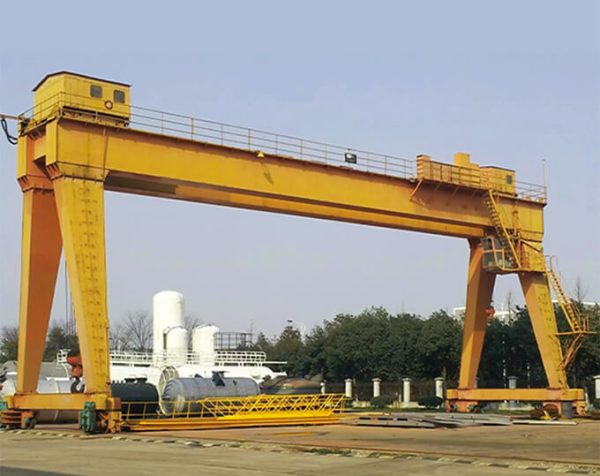
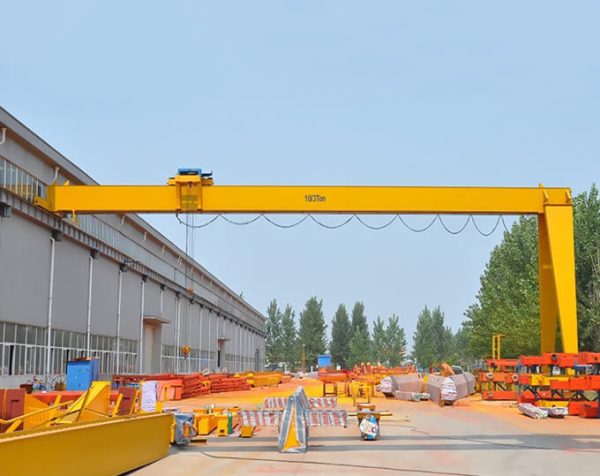
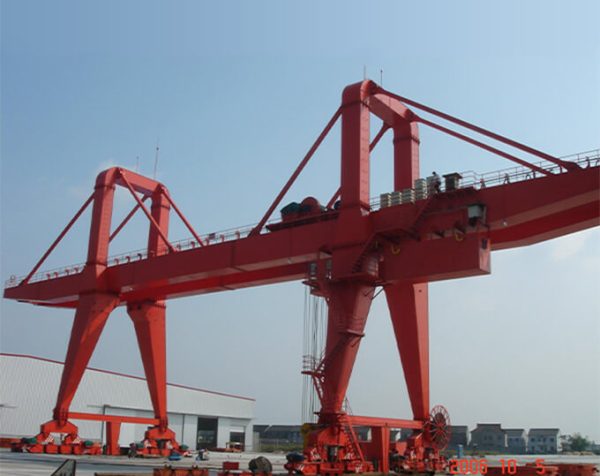
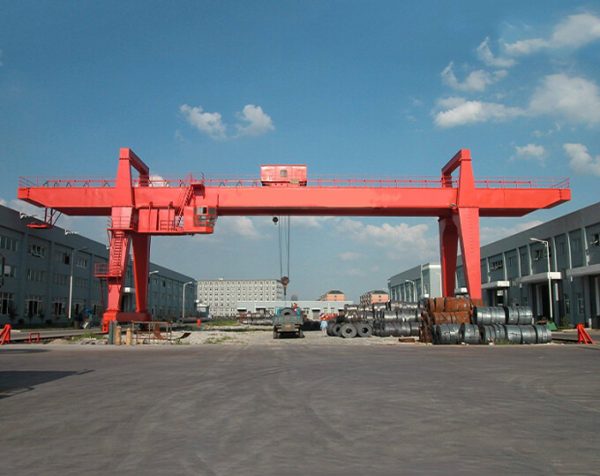
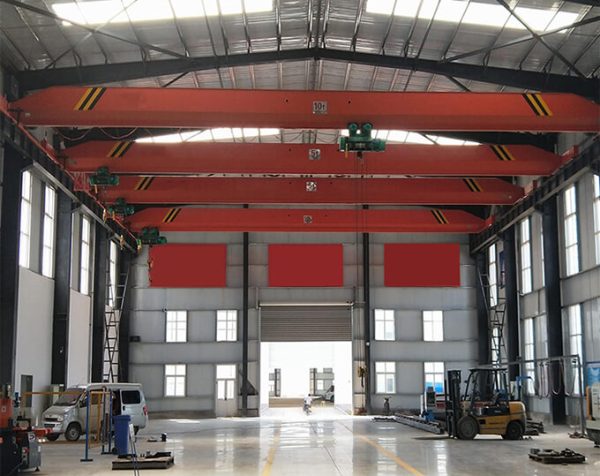
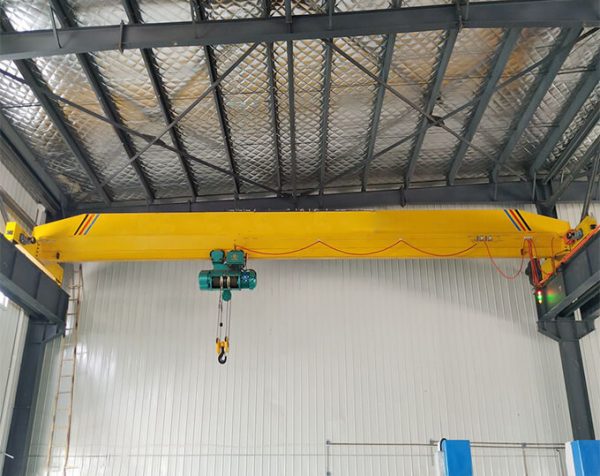
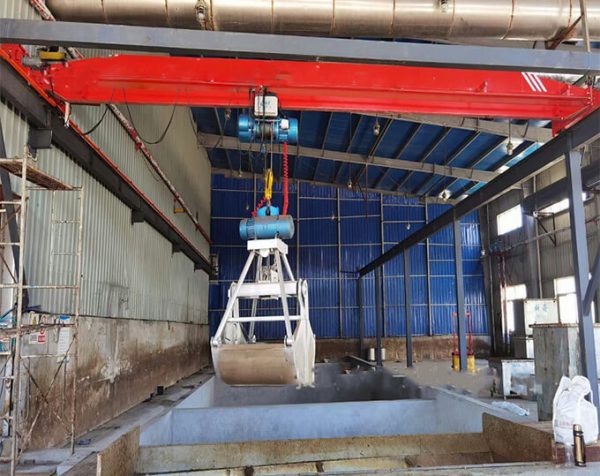
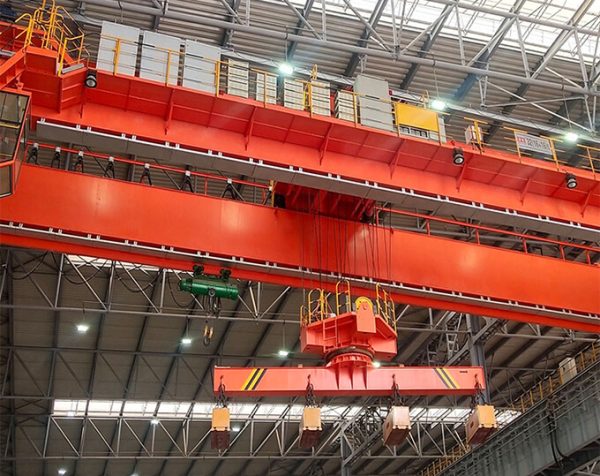
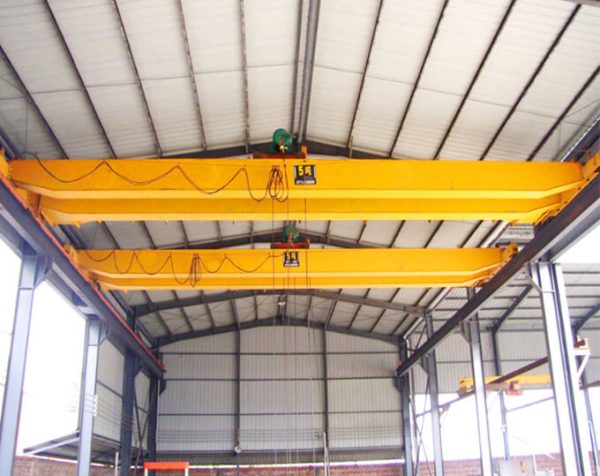
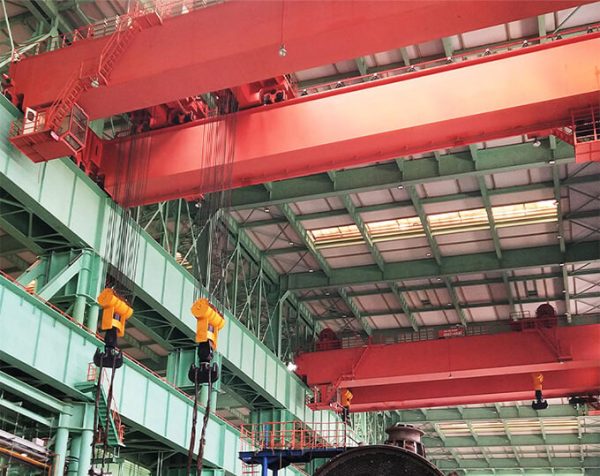
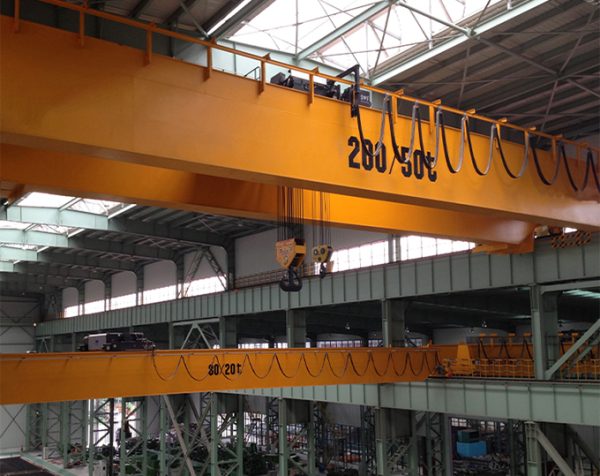


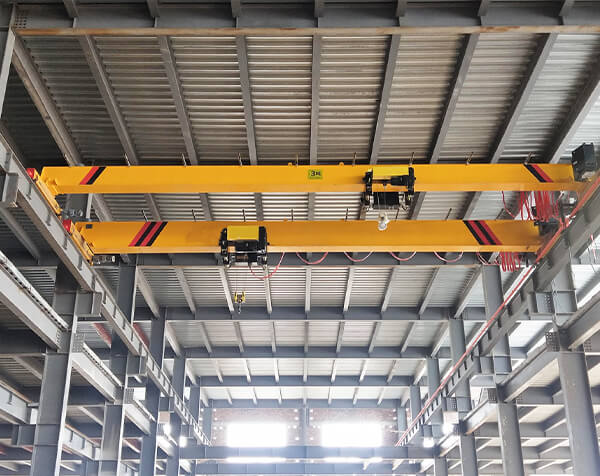
-600x476.jpg)
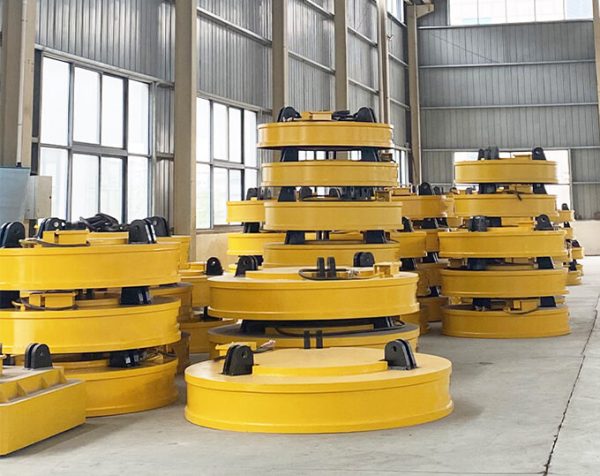
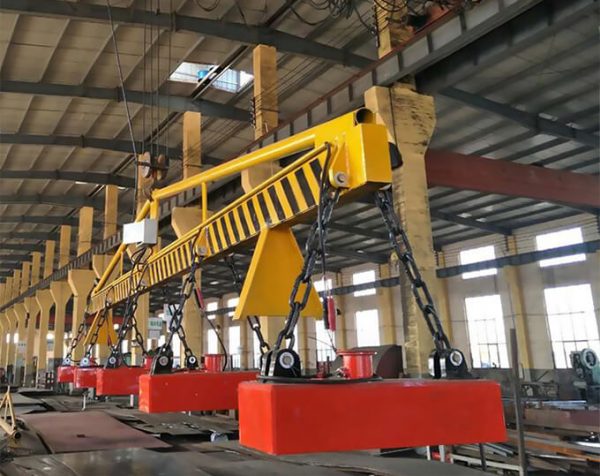
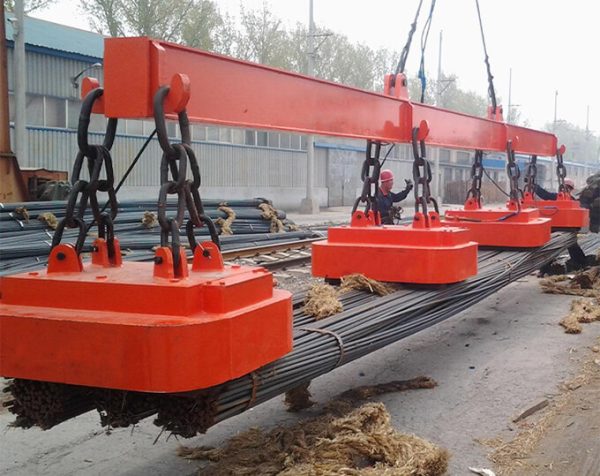
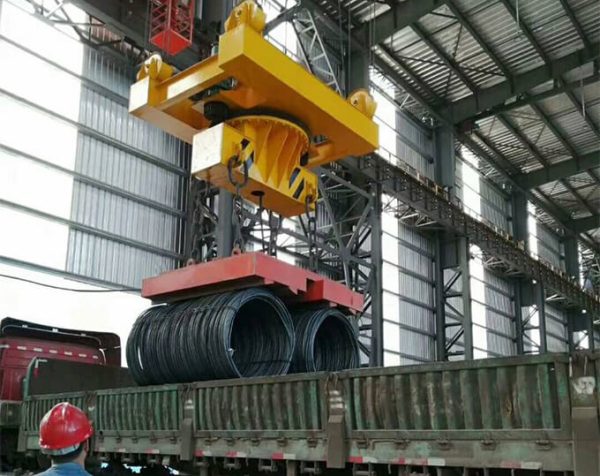
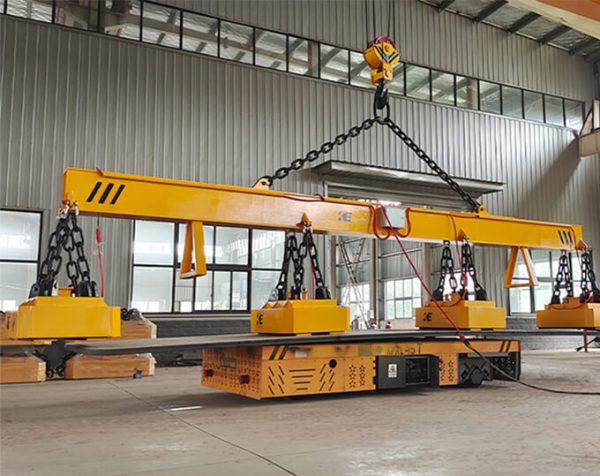
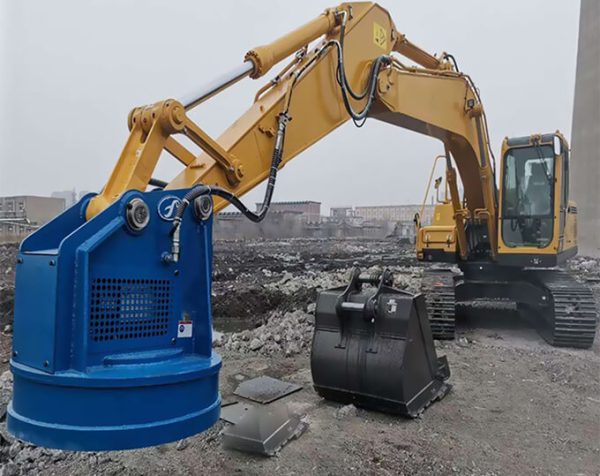
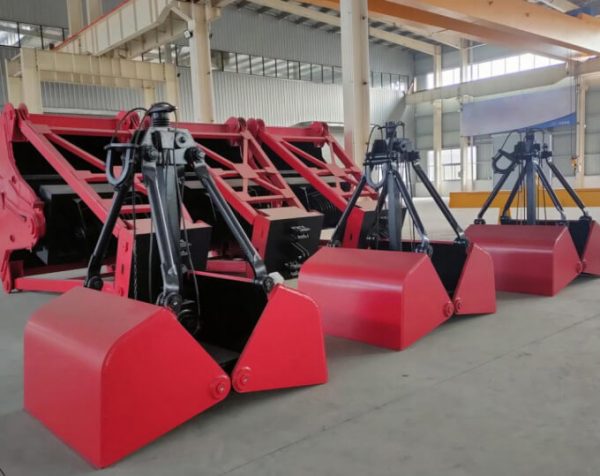
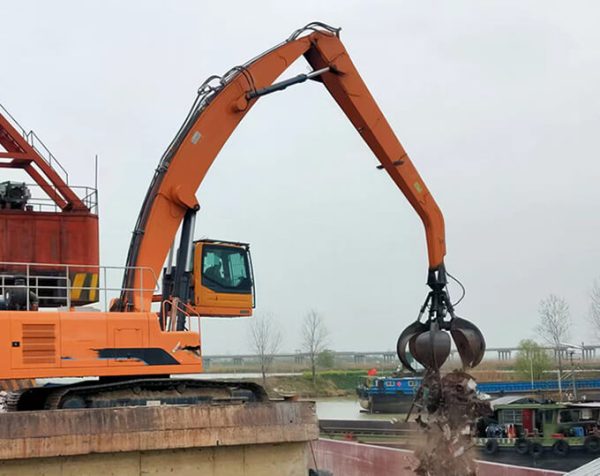
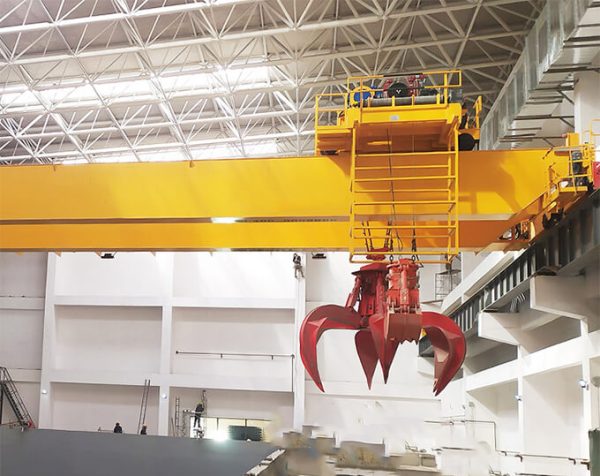
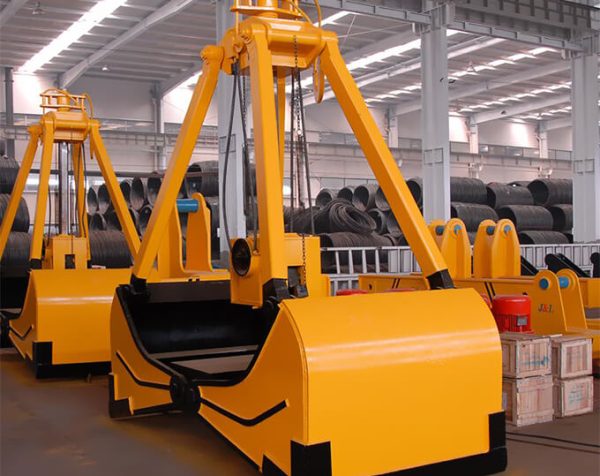
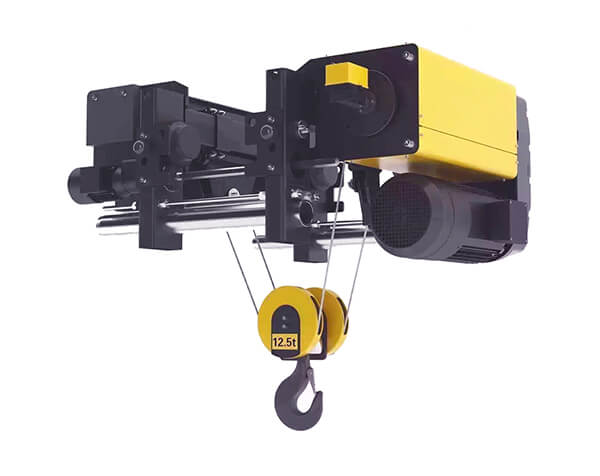
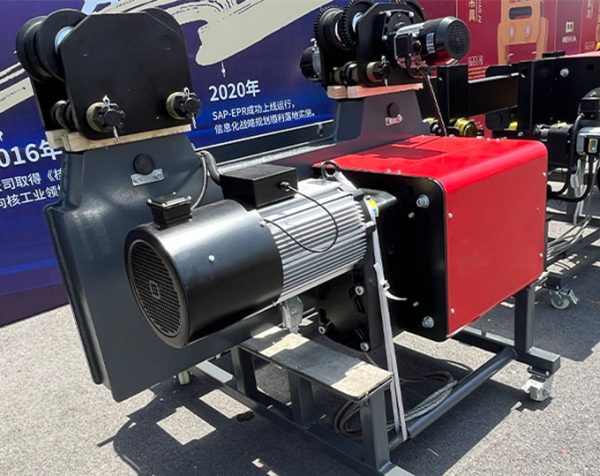
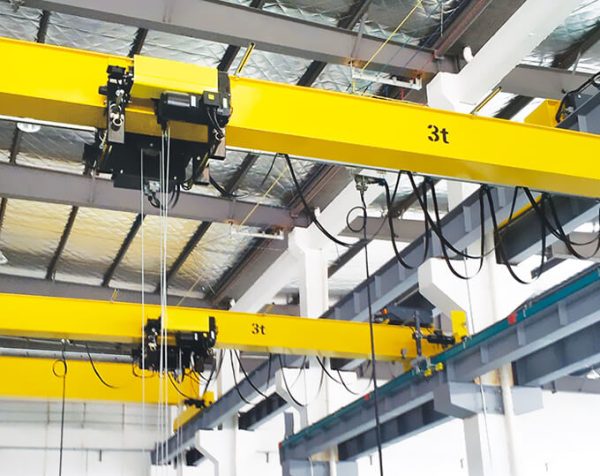
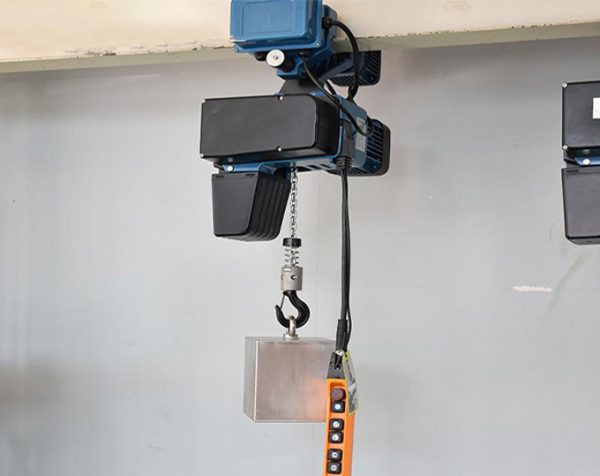
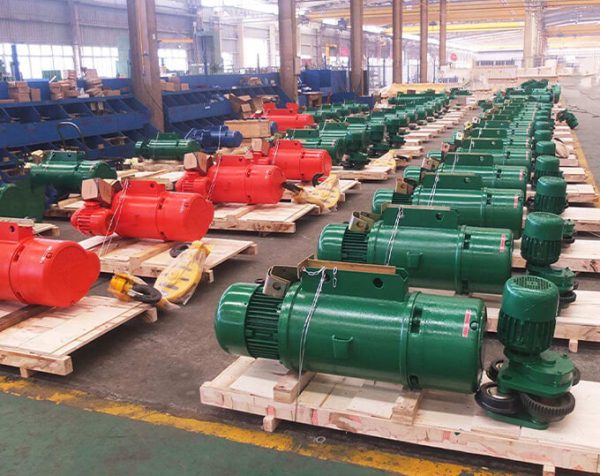
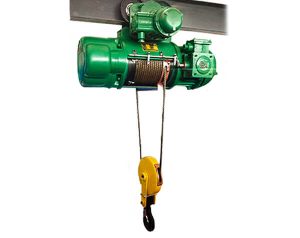


















-600x476.jpg)
















The types and uses of bridge cranes for metallurgy are as follows
(1) Casting crane, for lifting molten iron, molten steel, molten copper, molten aluminum, etc., the main trolley lifts the hanging tank, and the auxiliary trolley is used for auxiliary operations such as flipping the hanging tank. The main trolley is hung with double hooks, which can be directly used for equipment hoisting work.
(2) Clamp crane, which is used to lift metal hot ingots. Generally, it must be modified before it can be used for equipment hoisting.
(3) The ingot removal crane is used to remove the ingot from the casting mold, and is generally not used for equipment hoisting work.
(4) Feeder, there are two kinds of hanging and floor-mounted, which are specially used for feeding materials into the open-hearth furnace, and are generally not used for equipment hoisting work.
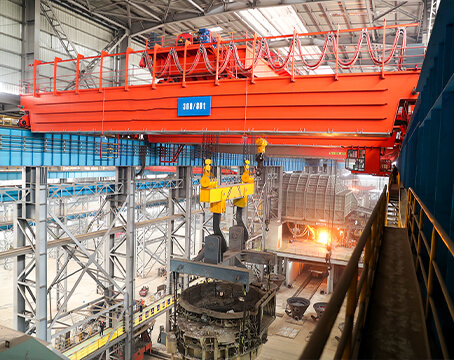
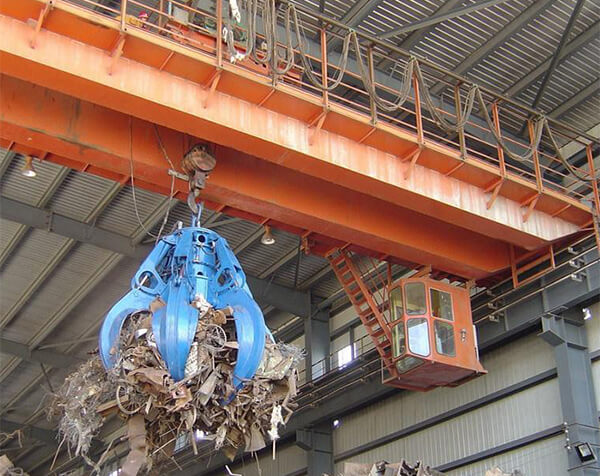
(5) Forging crane, used to cooperate with large forging hammer hydraulic press to forge large workpieces, remove the flover suspended on the hook, can be used for equipment hoisting, but the position of the hook is higher, if you need to lift heavy objects on the ground. Measures such as replacing long ropes should also be taken.
(6) The special crane for copper electrolysis is dedicated to the slotting and loading of electrolytic plates. Because it does not have a hook, it can be used for light-duty lifting work with its hanger. It can also be used for equipment hoisting after taking restructuring measures.
(7) Aluminum electrolysis multi-functional crane, dedicated to aluminum electrolysis production, used for feeding, aluminum, anodic replacement, shelling and other operations, can not be used for equipment hoisting.
Lifting capacity:
The lifting capacity of the electric wire rope hoist ranges from 2 tons to 50 tons
It is conceptually different from the traditional European cranes. It is widely used in various industries due to its small footprint, overall dexterity, low failure rate, easy maintenance, safe operation, advanced technology, maintenance-free, and high work continuity.
Scrap plants play an important role in the processing and recycling of waste materials, and choosing the right crane is key to ensuring efficient

